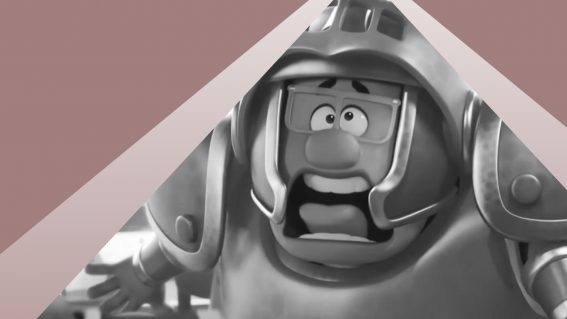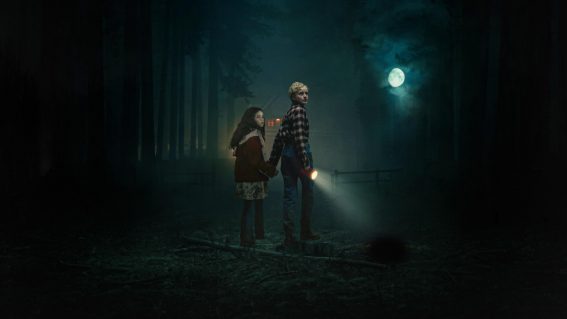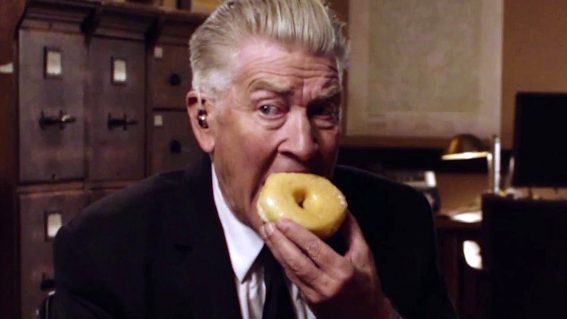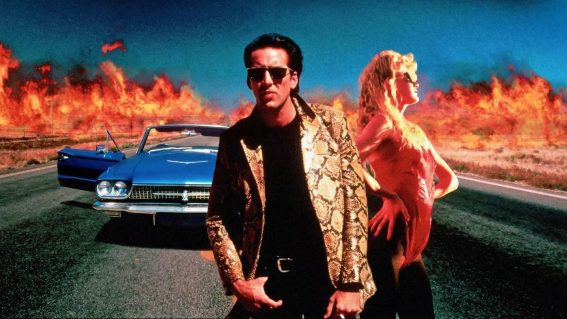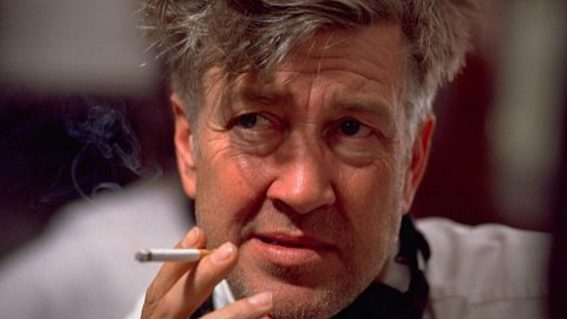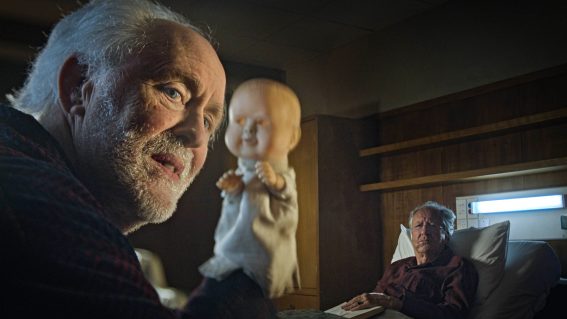How Clarice dismantles the damsel in distress trope
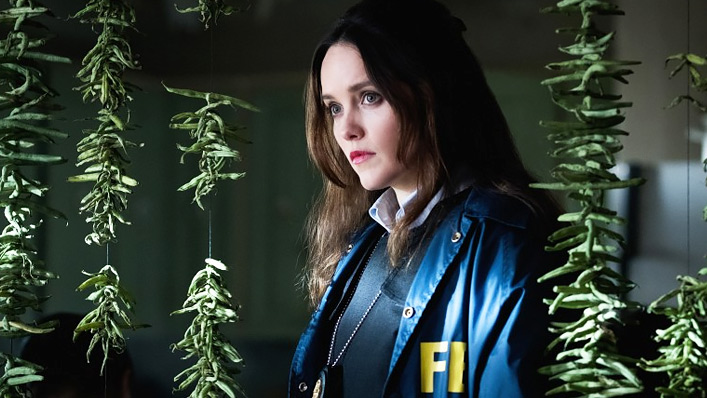
Set after events depicted in The Silence of the Lambs, FBI agent Clarice Starling is determined to take back her narrative in a new series (now streaming on Stan) that gives us a new understanding of her character, writes Vanessa Giron.
The character of Clarice Starling creates a conflict in me—because I can’t tell where her damsel in distress story ends, and her strength and self-assuredness begin. There’s a scene from The Silence of The Lambs that sticks in my mind, depicting her in an elevator surrounded by tall men, standing in a sweat-soaked jumper. Her smallness is conspicuous, as though the director is whispering in your ear, asking the question: doesn’t she look out of her depth?
See also:
* Best new movies & shows on Stan
* All new streaming movies & series
Clarice, who is the subject of Stan‘s new TV series—based immediately after the events depicted in The Silence of the Lambs—is a person perfectly capable at her job; in fact she is someone you sense worked twice as hard as the men around her to get where she is. Nevertheless she is someone who is frequently put forward as a person to be saved. From the second that Hannibal Lecter (memorably portrayed by Anthony Hopkins) sees her in a moment of weakness, shaken and disgusted by a man literally flinging his semen at her, he urgently calls her back and assures her: “I would not have had that happen to you. Discourtesy is unspeakably ugly to me…I will make you happy”.
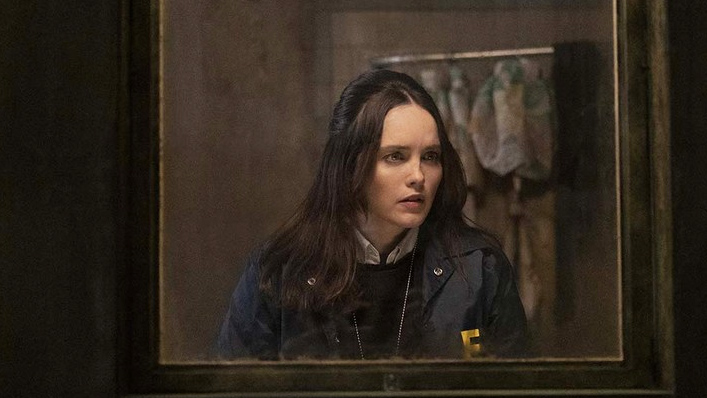
Clarice is determined to take back her narrative
What’s most striking about this TV adaptation is how determined Clarice is to take back her narrative. Now a graduated FBI detective, she is young yet familiar with the ropes. When we meet her, she is in work-mandated therapy sessions, coming to terms with her fame—notoriety, even—for being the junior FBI agent who took down one of the biggest serial killers in the country.
The Clarice we meet is very different to the person we knew before she engaged with Lecter. Maybe it’s because of, or in spite of everything she’s confronted, but she is done having men talk down to her and telling her how to think and feel.
While still struggling with the case of Buffalo Bill and her interactions with Lecter, she is far more certain of her work and unafraid to say so. When her colleagues question her judgement after she brings a suspect in, for instance, Clarice asserts herself to the men in her taskforce and disputes openly what they’re all thinking when she retorts: “I’m not crazy”.
We get to see how other women are coping
We also get to see how the last woman kidnapped by Buffalo Bill, Catherine Martin—who was in The Silence of the Lambs, and is now portrayed by Marnee Carpenter—is coping, or rather not coping, a year after her kidnapping. We see short glimpses into her life; she is now a recluse and refuses to leave her bedroom, spending her time over-exerting herself with workouts or watching television.
Clarice and Catherine demonstrate the ways in which those around us allow or disavow our struggling. Catherine has lost her sense of independence, now living with her mother and given the space to mourn what was taken from her by her kidnapper. Clarice on the other hand has completely suppressed what has happened, acknowledging that those around her are out to prove she never was and never will be up for this job.
When admitting to herself that there are things she needs to face up to, Clarice takes note of those minimising what it she is be going through. At one point she remarks to her therapist: “You’re trying to gaslight me, sir. You might think you are [getting me to face what happened] but you’re not very good at your job”.
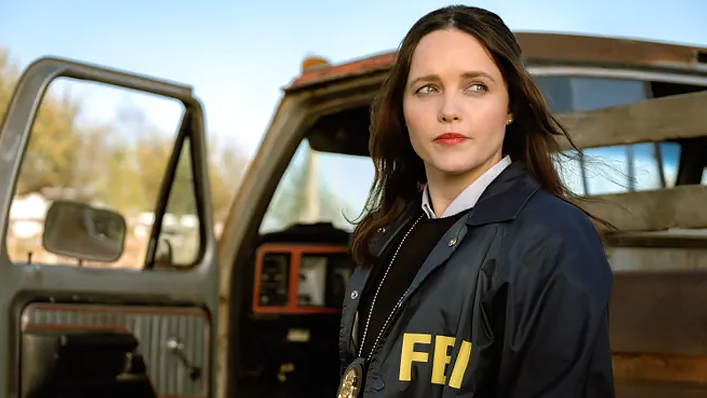
Monsters are ‘a reflection of who we are’
Clarice seeks to examine the after effects of tragedy, rather than the argument for persevering regardless of the circumstances. Where The Silence of The Lambs allows for a sort of recklessness in order to get the job done, this adaptation reckons with what comes next, pointing towards an argument that the end does not always justify the means—especially when the end is so rarely linear or certain for people struggling with trauma.
These are not women who need saving, but women who need to be given space to grieve a part of themselves that’s been taken by someone else. Not one element of this series centres the point of view of the men around these women, instead interrogating their points of view in a rapidly changing world. Attorney General Ruth Martin (Jayne Atkinson) perhaps speaks of these characters best when she says “the monsters around us aren’t aberrations, they’re a reflection of who we are”.
The message Clarice denotes in every action of the women in the series is this: we are more than the reputation that precedes us. As Martin reminds us: “What we do with [these monsters], and how we decide to root them out, is also a reflection of who we are”.


